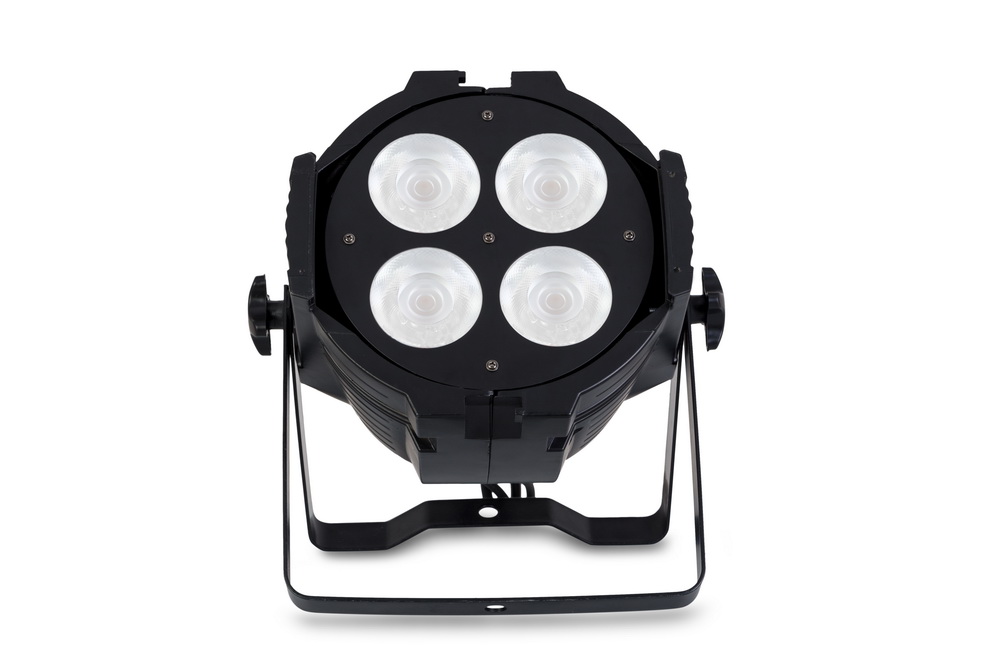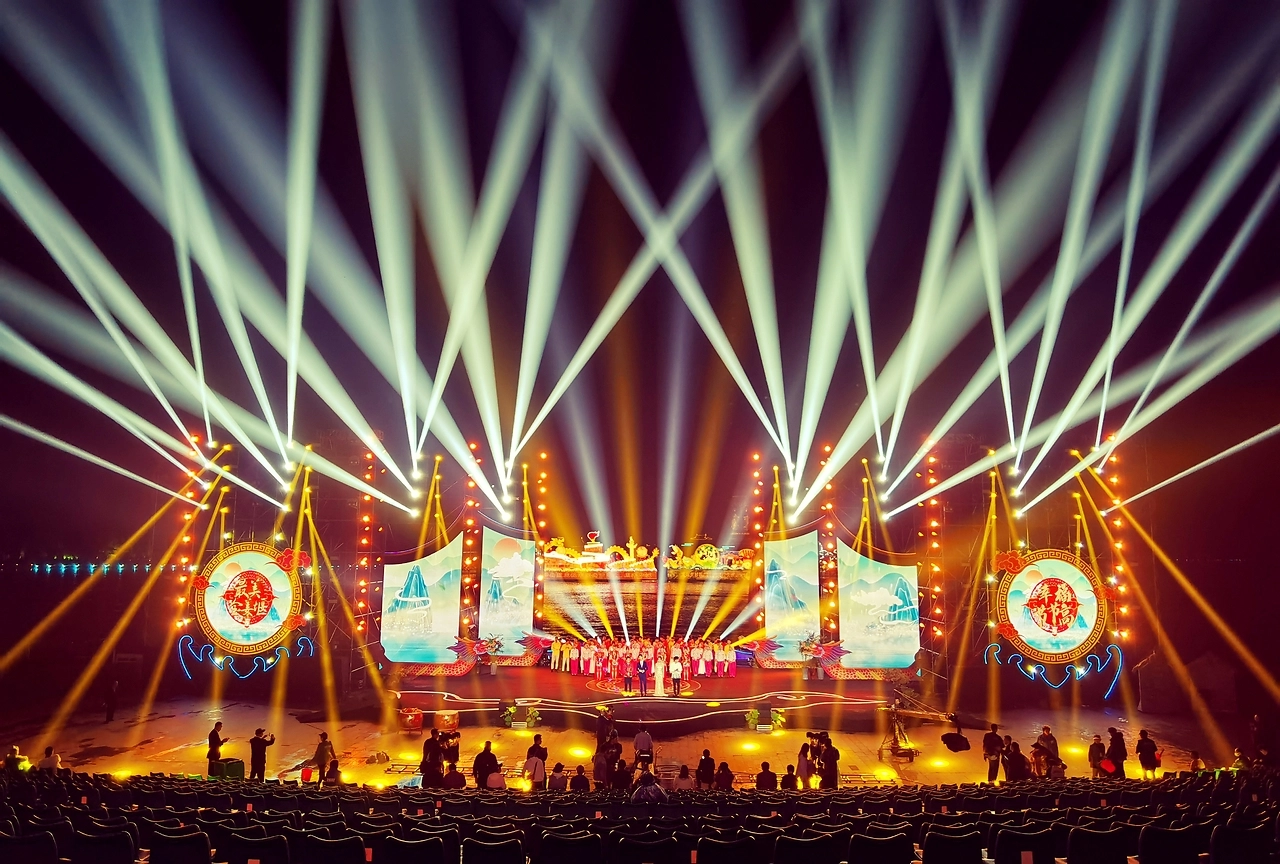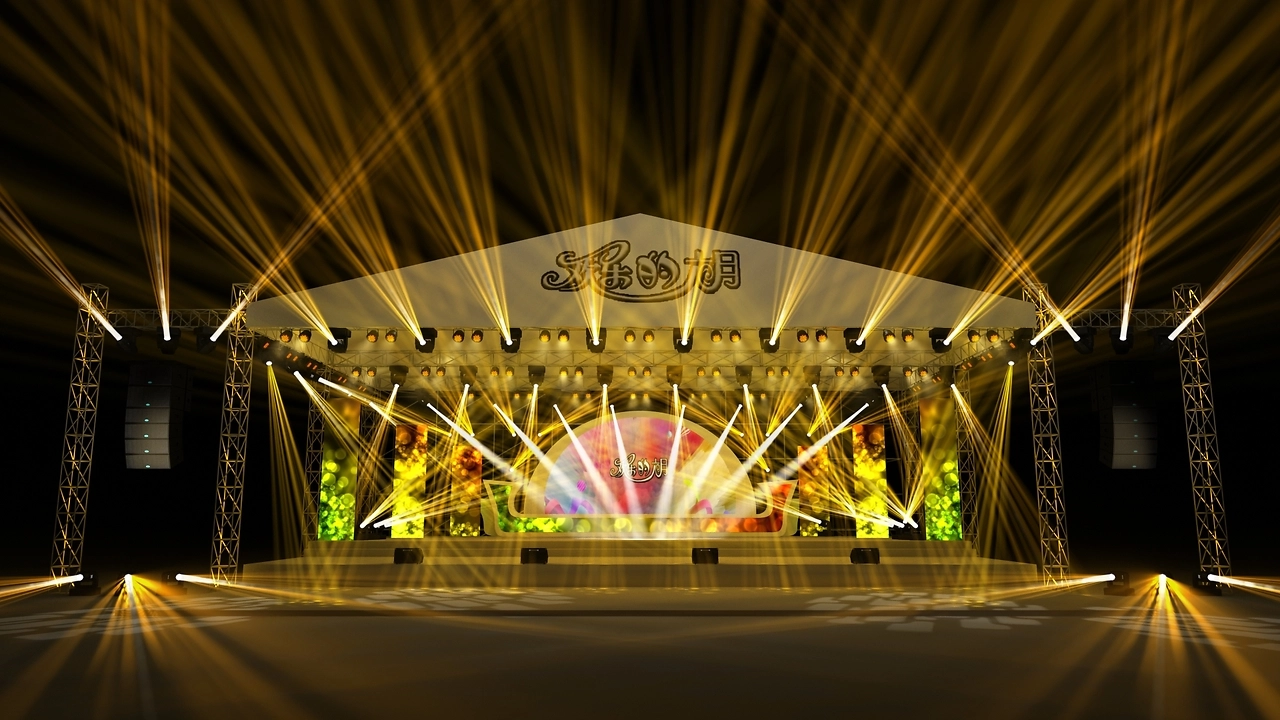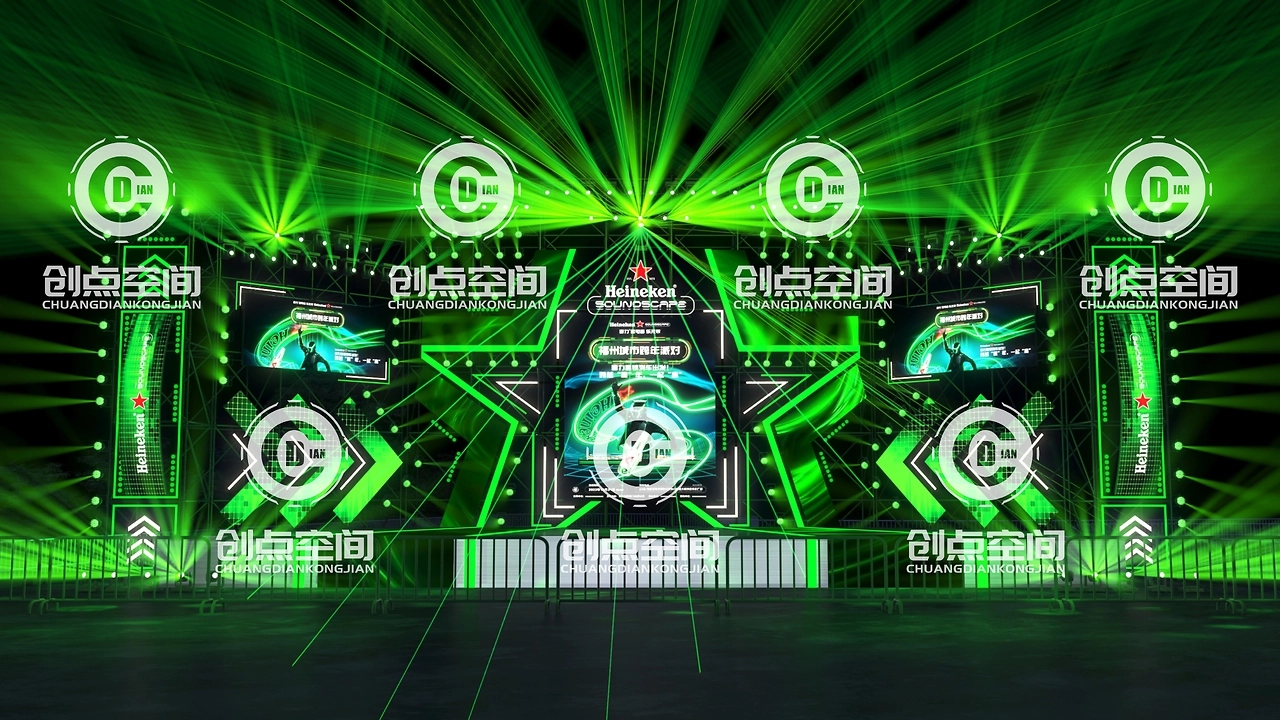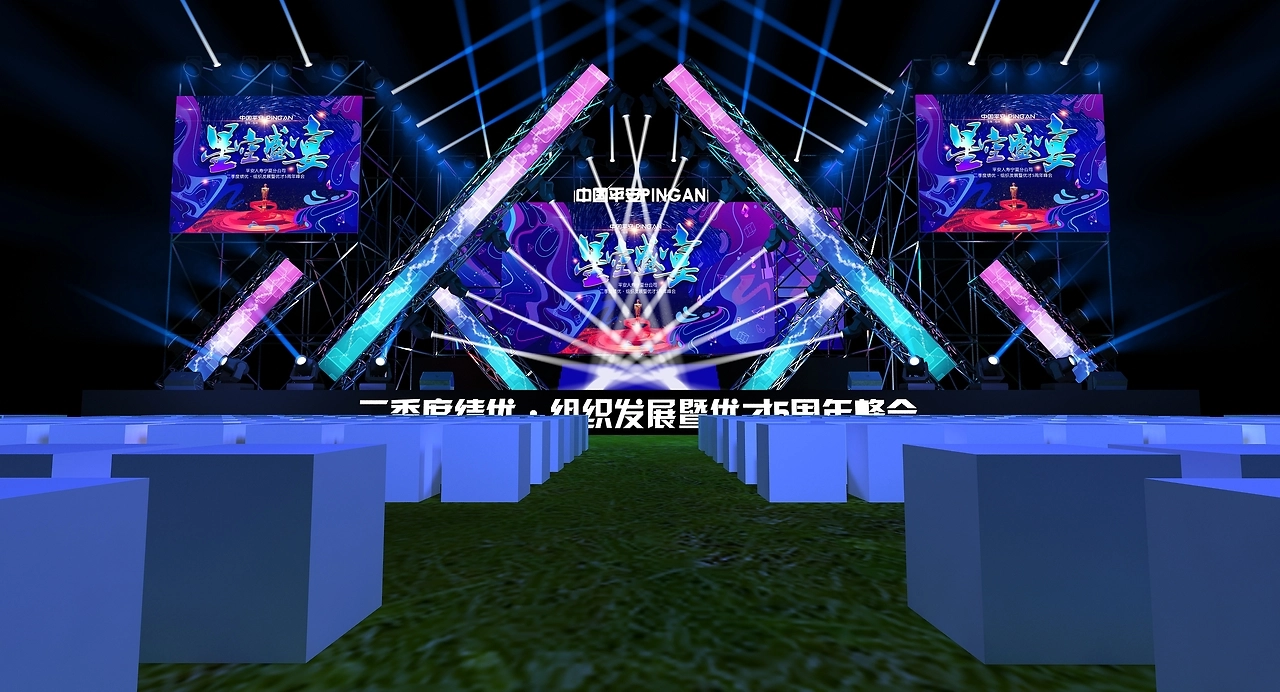I believe many lighting control personnel in nightclubs such as dance halls and karaoke bars know that stage lighting should not be set randomly, and different atmosphere lighting effects should be created according to the rhythm of music and time. Below, I will share with you the functions of light color in stage lighting time and spatial form.
1、 The functional properties of light color in spatial form
Light color plays a crucial role in the physiological process of visual perception of spatial form. It can stimulate people's various psychological reactions and emotional associations, and the functional role of light and color creates an immeasurable emotional color effect of light in spatial form. It permeates through light and shadow, and does not exist independently. In fact, the three are a unified whole, interdependent and combined, working together on human vision and psychology to awaken people's aesthetic senses.
Whatsapp:+86 134 1860 8878
2、 The Time Factor of Stage Time and Space
① Time factor of stage lighting
The time factor is very important and complex. It is different from spatial form.
Firstly, it lacks visibility and is merely presented as a concept.
Secondly, its liquidity is also invisible, and the process of time flow is relatively complex.
Time itself is a concept of motion, and the time contained in dramatic plots is a changing time. According to the plot requirements, it can pause, jump, lengthen, or slow down, which is called artistic time. A few minutes can be slowed down to several tens of minutes; A few days can be condensed into a few hours; Between the two acts, several years have passed. The time factor of stage lighting in coordinating with the rhythm of the play is also abnormal time.
② The spatial factors of stage lighting
The lighting reflects the passage of time through different angles, lighting fixtures, and color lights, and particularly utilizes the constant transformation of the stage canopy image at the spatial level, such as the virtual and real images of stars in the sky, the first light of the full moon, and the bright moon in the mountains, making the characters in the play more like a flowing and beautiful poem in the process of time and space rhythm. By contrasting and echoing the levels of light between the performance area and the sky, a moving "freehand brushwork" painting is drawn for the stage.
The use of certain artistic techniques to adjust the temporal changes of drama, express the plot, and convey the artistic conception is a manifestation of the important role of stage lighting time factors. In different forms of modern drama, various creative concepts and processing methods have emerged. Due to different perspectives on understanding and interpreting theatrical works, as well as differences in the personal interests and hobbies of creators, the processing is constantly changing.
3、 The interactive unity of stage lighting time and space
Whatsapp:+86 134 1860 8878
The time factor cannot appear as an independent image, but can only be contained in the dynamic rhythm of spatial form. For drama, both have active participation, and both are presented through light, color, and shadow when reflecting dynamic rhythms and conveying characters' thoughts and emotions.
Spatial form is the foundation of the presentation of temporal factors, and spatial form expresses drama through temporal factors. Specifically, the stage environment of a play presents the evolution and movement of light, color, and shadow in the spatial form based on time factors during the performance process. In this sense, time is the driving force behind spatial motion. The two complement each other and exist in unity within the overall performance.
4、 The Reliability and Application of Stage Lighting Time and Space
The dependence of light time and space refers to the appropriate use of light time and space according to the content structure, genre style, and different performance forms of theatrical creation.
The dramatic time and space created by lighting is a form, and in order for the form to be effective, it must be unified with the creative content. At the same time, the forms cannot be chaotic, otherwise it will be difficult to create perfect stage art works. The aesthetic requirement of the unity of content and form is the fundamental law that all theatrical temporal and spatial art creations must follow.
The creation of time and space through lighting can only be combined with theatrical art to generate artistic life and value, and to reveal the ideological content of theatrical themes. Of course, dependence does not mean passive inaction in the handling of lighting, as long as it does not violate the comprehensive principles of drama, it can play its due role.
Whatsapp:+86 134 1860 8878
With the continuous development of technology, different forms of theatrical performances learn from and promote each other. It is believed that the application of stage lighting in time and space creation will lead to more new concepts and open up a broader space for stage art

